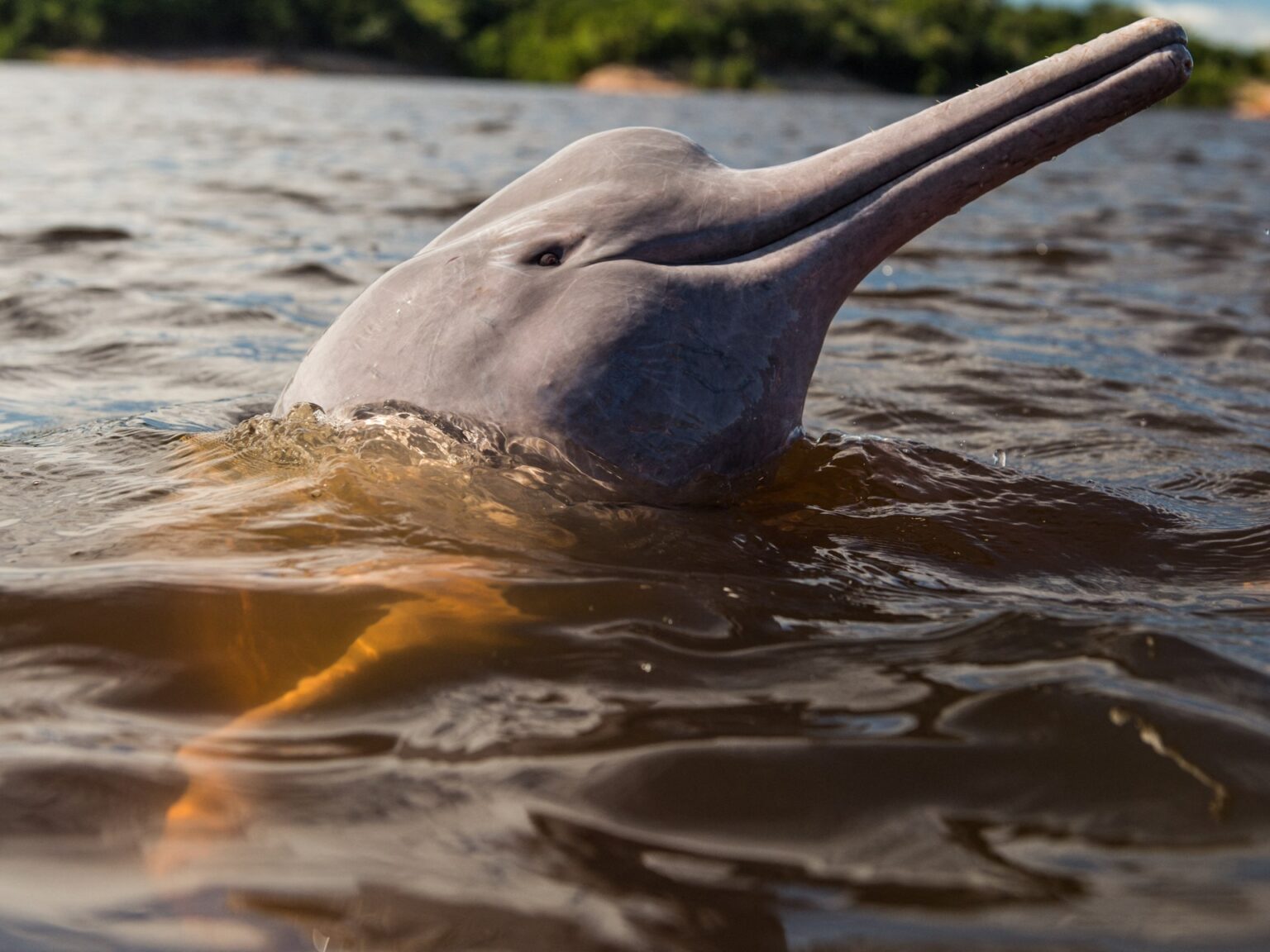World Wildlife Fund says species like the pink river dolphins of the Amazon and forest elephants in Gabon are in sharp decline.
Wildlife populations across the globe have shrunk by more than 70 percent over the past half-century, according to the World Wide Fund for Nature (WWF).
The conservation charity published a stocktake on Thursday, assessing more than 5,000 species of mammals, birds, amphibians, reptiles and fish, warning that habitats like the Amazon rainforest were reaching “tipping points”, with potentially “catastrophic consequences” for “most species”.
The Living Planet Report found the 35,000 populations under review had fallen 73 percent since 1970, mostly due to human pressures. The biggest decline was recorded in populations of freshwater species, followed by terrestrial and marine vertebrates.
Among the snapshots provided, the report found that the population of pink river and tucuxi dolphins in the Brazilian state of Amazonas declined by 65 percent and 57 percent respectively as a result of hunting, with climate change also threatening their survival.
In Gabon, the number of forest elephants had declined by 78 to 81 percent, with WWF researchers finding “strong evidence” of poaching for the ivory trade. With almost half the continent’s forest elephants in Gabon, the decline was considered a “considerable setback” for the future of the species.
The report found that habitat loss and degradation, driven primarily by food systems, is the biggest threat to wildlife populations around the world, followed by overexploitation, invasive species and disease.
“This is not just about wildlife, it’s about the essential ecosystems that sustain human life,” said Daudi Sumba, chief conservation officer at WWF.
“The changes could be irreversible, with devastating consequences for humanity,” he said, using the example of deforestation in the Amazon, which could “shift this critical ecosystem from a carbon sink to a carbon source”.
Other threats include climate change, in particular in Latin America and the Caribbean, and pollution, notably in North America, Asia and the Pacific.
“The good news is that we’re not yet past the point of no return,” said Kirsten Schuijt, director-general of WWF International.
She pointed to global efforts including a breakthrough pact adopted at the last United Nations meeting on biodiversity in 2022 to protect 30 percent of the planet by 2030 from pollution, degradation and climate change.
But she warned, “All of these agreements have checkpoints in 2030 that are in danger of being missed.”
Some populations have stabilised or even expanded, thanks to conservation efforts and the reintroduction of species, the report said.
The European bison, for example, disappeared in the wild in 1927, but in 2020 numbered 6,800, thanks to large-scale breeding and successful reintroduction, mainly in protected areas.
https://www.aljazeera.com/news/2024/10/10/wildlife-numbers-plummet-73-percent-over-past-half-century-report-finds?traffic_source=rss


